This week’s Imaggeo on Mondays is brought to you by Dmitry Demezhko, who describes how Patomsky crater may have formed and why it keeps scientists puzzling…
Patomsky crater, also known as Patomskiy crater or the Patom cone, sits in the Irkutsk Region of Eastern Siberia. The site is a curious cone with a crater at the top and a small mound in the center. The cone totals some 39 metres in height and stretches more than 100 metres in diameter (at the base of the cone).
The crater was discovered in 1949 by Russian geologist Vadim Kolpakov and for a long time it was considered to be an impact structure with a meteoric origin. Later, Viktor Antipin suggested it could be a nascent volcano. But neither meteoritic nor volcanic matter was found there. The crater consists of proterozoic limestone and sandstone debris and, to date, there is no consensus among scientists regarding the crater’s origin.
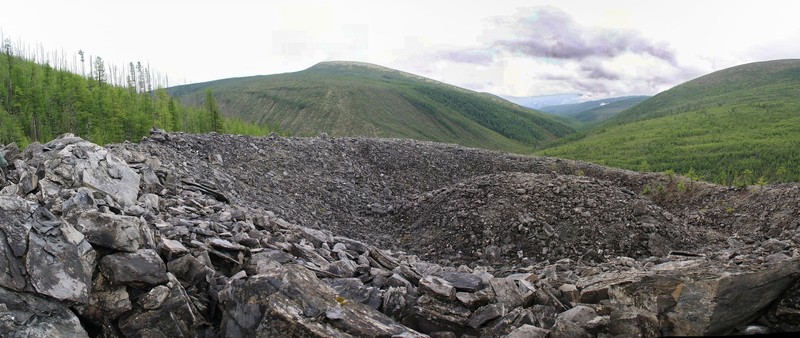
View from the crater. (Credit: Dmitry Demezhko, distributed via imaggeo.egu.eu)
During a short expedition in August 2010 we conducted a gravimetric survey at the crater and surrounding area, aiming to evaluate its internal structure. The gravity field shows that surface negative anomalies, where the gravity is unusually low, have deep “roots” and a joint source at depth. But the crater’s gravity field differs greatly from the fields of other well-known impact structures, suggesting that it may not have formed during a meteoric impact.

Downward continuation of the Patomsky crater (left) and Popigay impact structure gravity fields (right), (click for larger). (Credit: Demezhko et al., 2011)
We suggest this structure formed in two stages. During the first stage tectonic processes similar to mud volcanism created a porous vertical channel. In the second stage, cryogenic processes would have played an important role in breaking apart the rocks to form the cone and crater.
There is a lot of mysticism and superstition surrounding Patomsky. Local residents call the crater “a fabulous Eagle’s Nest” and say that both people and animals bypass it. We didn’t sense anything mystical while working in the crater though – and this cute little animal lives quite comfortably there.
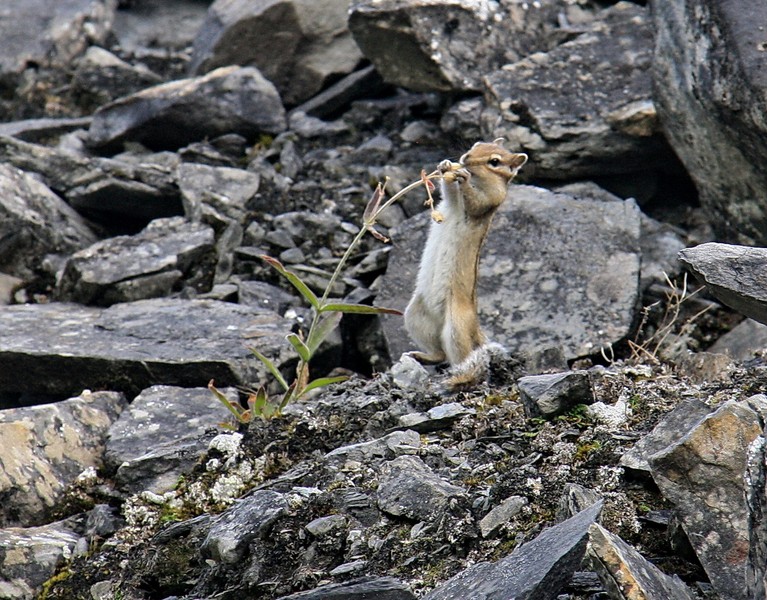
“Inside Patomsky crater: a chipmunk” by Dmitry Demezhko. This image is distributed via imaggeo.egu.eu.
By Dmitry Demezhko, Institute of Geophysics UB RAS, Yekaterinburg
References:
Alekseyev, V. R. Cryovolcanism and the mystery of the Patom Cone, Geodynamics and Tectonophysics, 3, 289-307, 2012 (in Russian)
Demezhko D.Y., Ugryumov I.A., Bychkov S.G.: Gravimetric studies of Patom Crater. In: Patom Crater. Research in the 21st Century. Publishing House of the Irkutsk State University, Irkutsk, p. 42–50, 2011 (in Russian)
If you are pre-registered for the 2014 General Assembly (Vienna, 27 April – 2 May), you can take part in our annual photo competition! Up until 1 March, every participant pre-registered for the General Assembly can submit up three original photos and one moving image on any broad theme related to the Earth, planetary, and space sciences in competition for free registration to next year’s General Assembly! These can include fantastic field photos, a stunning shot of your favourite thin section, what you’ve captured out on holiday or under the electron microscope – if it’s geoscientific, it fits the bill. Find out more about how to take part at http://imaggeo.egu.eu/photo-contest/information/.

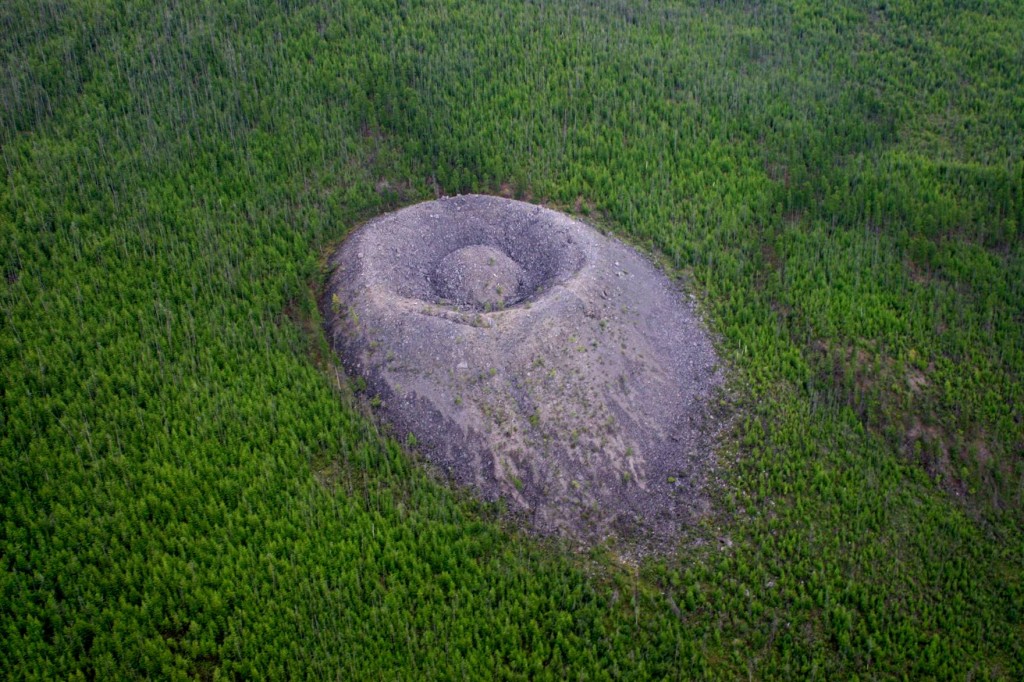
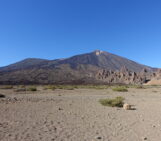
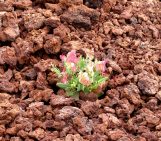
Pingback: Inexplicables sonidos explosivos desconciertan a los locales – Antena92
Pingback: A Mysterious Place No People No Animals Can Approach – Clever Tips Today
mario pastewka
Hallo,
Ist der 2 Hügel im Innern aus dem gleichen Material ???
Gruß
Mario
Pingback: Un lugar misterioso al que ni una persona, ni un animal pueden acercarse – Antena92
Pingback: Patomskiy Crater: What Caused This Strange Thing in Siberia? – tomorrowsnews.net
Pingback: Patomskiy Crater: What Caused This Strange Thing in Siberia?